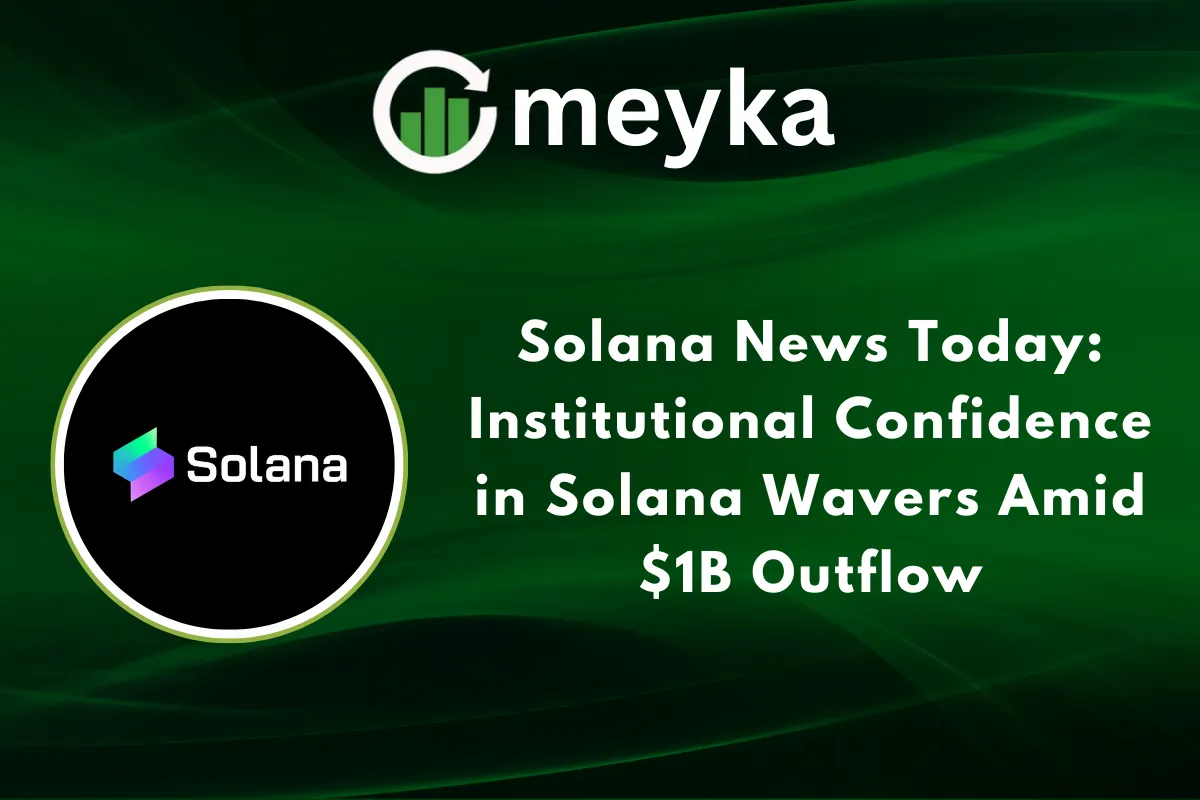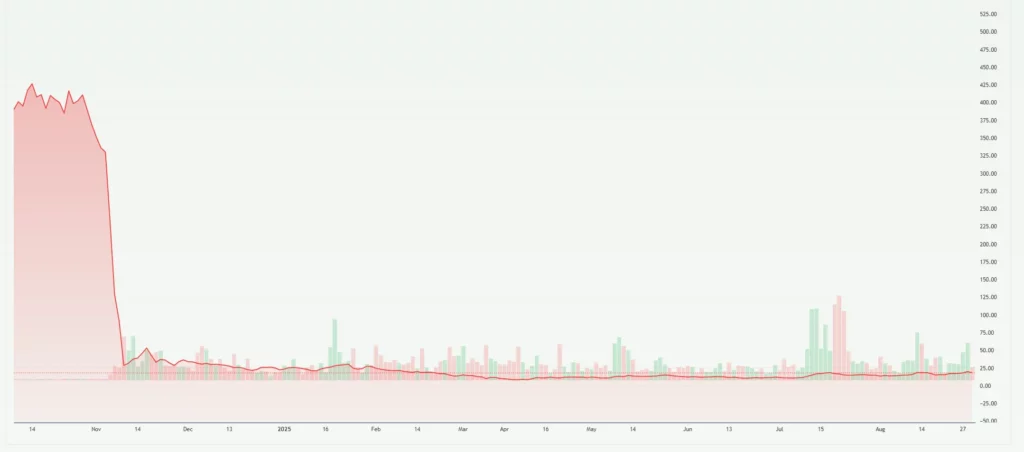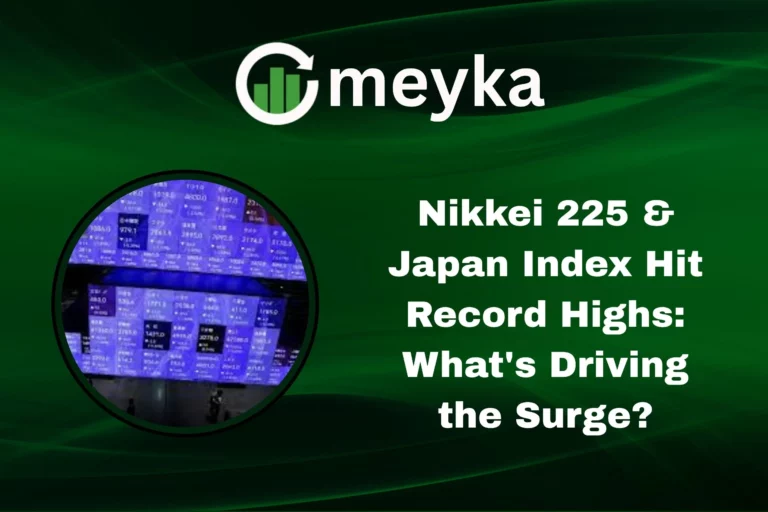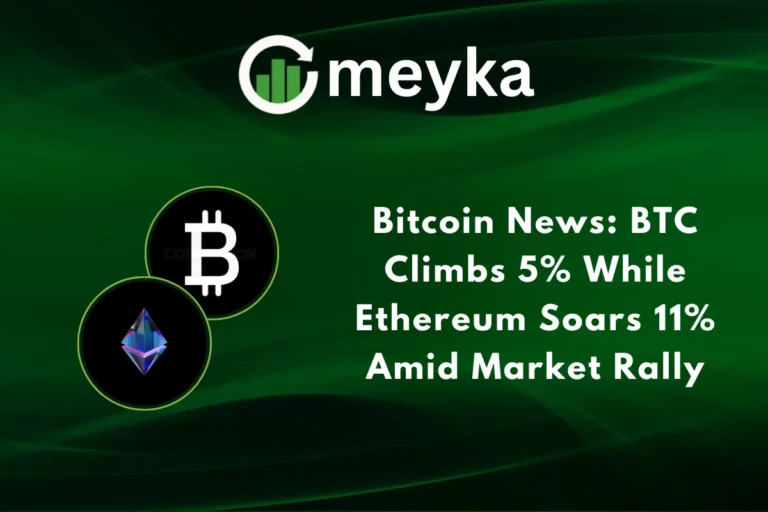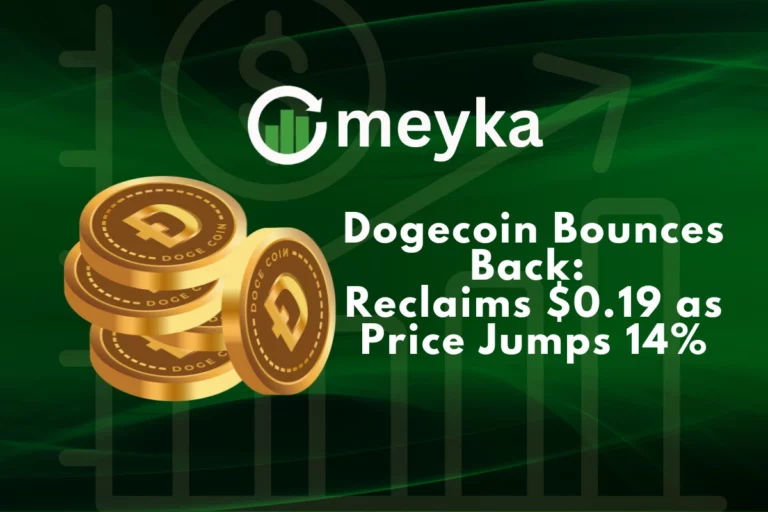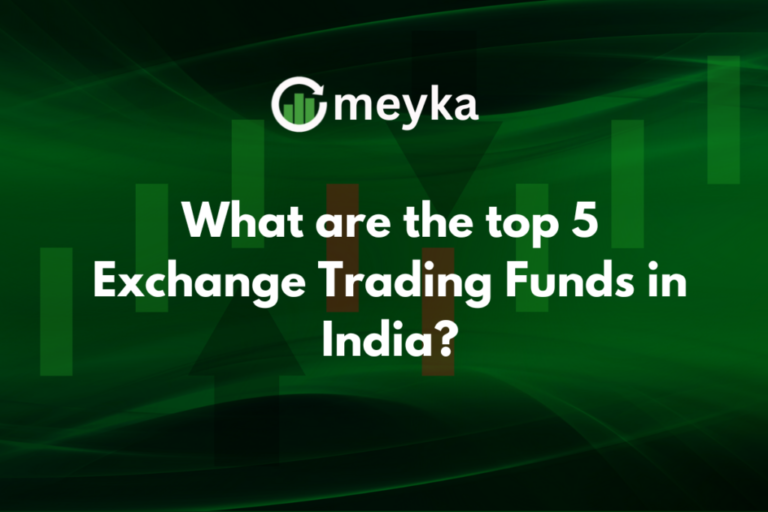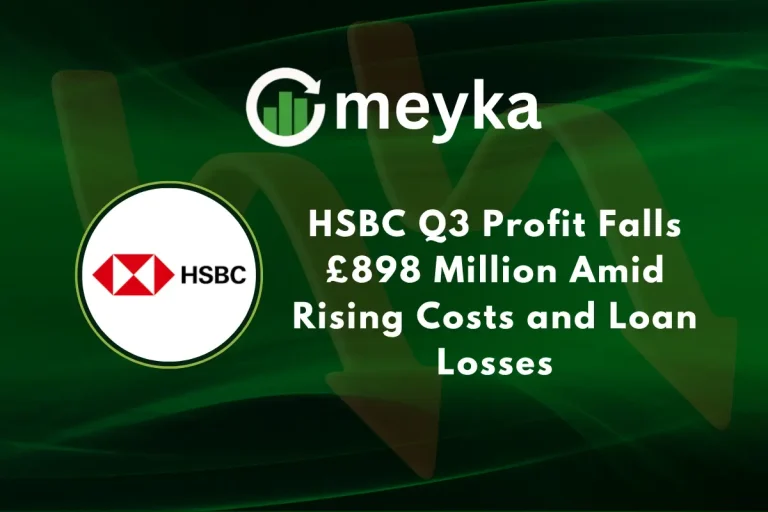Solana News Today: Institutional Confidence in Solana Wavers Amid $1B Outflow
Recent market developments have put Solana under intense scrutiny as investors withdrew nearly $1 billion in assets during a critical price test. This massive outflow signals growing caution among institutional players despite the blockchain’s impressive technical achievements and strong fundamentals.
The withdrawal represents a significant shift in capital allocation patterns within the stock market and cryptocurrency space. While Solana continues demonstrating superior staking metrics and expanding institutional partnerships, the recent volatility has triggered substantial redemptions.
This development comes at a time when Solana has been positioning itself as a viable alternative to Ethereum, boasting higher transaction speeds and more attractive staking rewards. However, the $1 billion outflow suggests institutional confidence faces serious challenges.
Staking Metrics Highlight Solana’s Competitive Edge
Despite recent outflows, Solana maintains remarkable staking statistics that outperform major competitors. More than 67% of Solana’s total supply is staked, tying up over $82 billion in value. This figure substantially exceeds Ethereum’s 30% staked supply rate.
Solana staking rewards offer compelling returns at 6.6% compared to Ethereum’s 2.8% annualized yield through platforms like Lido. These metrics have consistently attracted institutional investors seeking higher returns and greater flexibility in their cryptocurrency allocations.
The staking dominance reflects strong network security and validator participation. With over 1,052 validators currently securing the network, Solana demonstrates robust decentralization. This validator ecosystem supports the network’s impressive performance capabilities.
Institutional Adoption Continues Despite Market Volatility
Major institutional partnerships have solidified throughout 2024 and 2025, reinforcing Solana‘s position in traditional finance. PayPal’s integration of its PYUSD stablecoin onto the Solana network validates the blockchain’s scalability for payment infrastructure.
HSBC and the Monetary Authority of Singapore have advanced asset tokenization projects using Solana‘s infrastructure. These partnerships demonstrate growing confidence in the blockchain’s capabilities for high-value financial applications within the global stock market ecosystem.
Stripe’s decision to support payments on Solana further emphasizes the network’s appeal for enterprise-level applications. These integrations leverage Solana‘s low fees and high throughput to improve payment processing efficiency.
ETF Developments Signal Growing Mainstream Interest
Multiple asset management firms have filed applications for Solana ETFs with the SEC. VanEck, Bitwise, Grayscale, and Invesco have all submitted regulatory documents seeking approval for spot Solana ETFs.
The SEC has delayed final decisions until October 2025, creating a critical timeline for institutional adoption. Bloomberg analysts estimate 95% probability of eventual approval, which could unlock billions in new capital flows.
REX Shares’ Solana staking ETF has already attracted over $150 million in assets, demonstrating strong investor demand for regulated exposure. This success indicates growing appetite for Solana investment products within traditional stock market channels.
Technical Performance Maintains Competitive Advantage
Solana‘s technical specifications continue to outpace competitors across key performance metrics. The network handles up to 65,000 transactions a second, with confirmations averaging a super quick 400 milliseconds.
Every day, transaction volumes top 99 million non-voting transactions, showing the network is getting a lot of steady use. This activity level surpasses most Layer 1 blockchains combined, highlighting Solana‘s scalability advantages.
Transaction fees remain exceptionally low at approximately $0.00025 per transaction. This cost structure makes Solana attractive for high-frequency applications and micro-payments that would be economically unfeasible on other networks.
DeFi Ecosystem Reaches New Heights
Solana‘s DeFi Total Value Locked hit $11.7 billion in August 2025, approaching all-time highs from January. This represents a 30% quarterly increase, solidifying Solana‘s position as the second-largest DeFi ecosystem after Ethereum.
Solana’s decentralized exchanges are buzzing, racking up over $2.5 billion in daily trading volume, often outpacing Ethereum’s mainnet. With a whopping 43% of global DEX volume, Solana’s clearly a powerhouse in decentralized trading.
However, revenue generation remains modest at $21 million weekly, raising questions about long-term sustainability despite high activity levels. This revenue-to-activity ratio presents challenges for network economics.
Market Correlation Affects Institutional Strategy
Cryptocurrency markets increasingly correlate with traditional stock market movements, particularly technology stocks. Solana‘s performance now shows stronger connections to broader market sentiment than in previous years.
The correlation with NASDAQ and S&P 500 indices has grown more pronounced during market stress periods. This relationship affects institutional allocation strategies as Solana behaves more like risk-on assets.
Interest rate policies significantly impact both Solana and stock market performance. When central banks tighten monetary policy, both asset classes typically experience outflows as investors seek safer returns.
Future Outlook Amid Regulatory Clarity
Solana‘s long-term prospects remain positive despite recent volatility. Technical innovations like the Alpenglow upgrade promise sub-400ms finality and improved scalability.
Big financial players keep teaming up with Solana, drawn to its top-notch infrastructure. The R3 collaboration signals a strategic movement toward enterprise blockchain adoption.
Regulatory developments in October 2025 will provide crucial clarity for ETF approvals. Positive outcomes could trigger significant capital inflows and renewed institutional confidence.
Frequently Asked Questions
The outflow resulted from price volatility testing institutional risk tolerance, despite strong fundamentals and staking metrics demonstrating network strength.
Solana offers 6.6% staking yields with 67% supply staked, significantly outperforming Ethereum’s 2.8% yields and 30% staked rate.
The SEC has set October 2025 as the final decision deadline, with analysts estimating 95% approval probability.
Disclaimer:
This is for informational purposes only and does not constitute financial advice. Always do your research.
